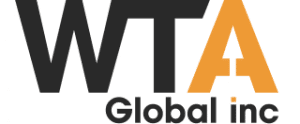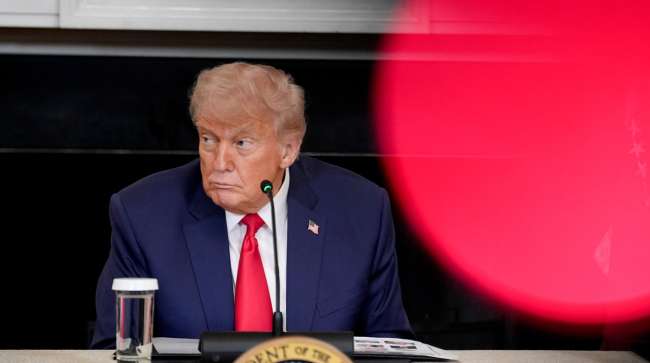Trump had threatened to impose a 50% tariff on the EU this month before sticking with a previously lowered 10% truce through an Aug. 1 deadline. (Yuri Gripas/Abaca/Bloomberg)
Cars and tariff levels on agriculture have emerged as key sticking points between the European Union and the U.S. as the two sides work toward a provisional trade agreement in the coming days, according to people familiar with the matter.
The EU is seeking a tariff no higher than 10% on agricultural exports, the people said. An offset mechanism that some carmakers had pushed as a way to grant tariff relief to companies in return for investments in the U.S. isn’t under consideration for now amid worries from the EU it could shift production across the Atlantic. The bloc’s negotiators are focusing talks on car tariffs instead, added the people, who spoke on condition of anonymity to discuss private deliberations.
The bloc is also set to again recommend delaying a set of countermeasures it had adopted in response to tariffs imposed earlier by President Donald Trump on steel and aluminum, the people added. The EU had paused the measures to allow for negotiations and they’re due to snap back automatically at midnight July 15.
The people cautioned that the negotiations and any potential deal could be upended by Trump, who has yet to comment publicly on the arrangements under discussion. Any deal would rest on what Trump decides, said the people. The U.S. president has sent letters to some two dozen countries letters that set tariff rates unilaterally.
The European Commission declined to comment on the status of talks as negotiations are ongoing.
The U.S. and the EU have been discussing an initial deal that would see most EU exports hit with a 10% tariff, with limited exemptions for some industries such as aviation and medical devices, Bloomberg previously reported. The EU has also been arguing for lower rates on spirits and wines, as well as mitigating through quotas the 50% tariffs that Trump has imposed on steel and aluminum. The U.S. has proposed a 17% tariff on agricultural products.
The agreement would also cover non-tariff barriers, economic security cooperation and strategic purchases.
The remaining issues were all connected and the overall balance of any deal could only be assessed once concluded, the people said. Any initial framework would see the U.S. and the EU continue to negotiate specific details beyond the provisional accord.
Trump had threatened to impose a 50% tariff on the EU this month before sticking with a previously lowered 10% truce through an Aug. 1 deadline. He has also introduced 25% levies on cars and parts, as well as double that on metals. The president is working to introduce sectoral levies in other areas, including pharmaceuticals and semiconductors, and recently announced a 50% duty on copper.
Any deal at this stage wouldn’t automatically shield the EU from those sectoral measures, but the bloc continues to seek preferential treatment in the potentially affected industries, the people said.
With the outcome of talks still unclear, the EU has continued to prepare countermeasures to deploy quickly if negotiations fail to yield a positive outcome.
The bloc has approved potential tariffs on €21 billion ($24.5 billion) of U.S. goods that could be quickly implemented in response to Trump’s metals levies. They target politically sensitive American states and include products such as soybeans from Louisiana, home to House Speaker Mike Johnson, as well as agricultural products, poultry, and motorcycles.
The bloc has also prepared an additional list of tariffs on €72 billion of American products in response to Trump’s so-called reciprocal levies and automotive duties. They would target industrial goods including Boeing Co. aircraft, U.S.-made cars, and bourbon. The EU is consulting member states to identify strategic areas where the U.S. relies on the bloc, as well as potential measures that go beyond tariffs, such as export controls and restrictions on procurement contracts.






